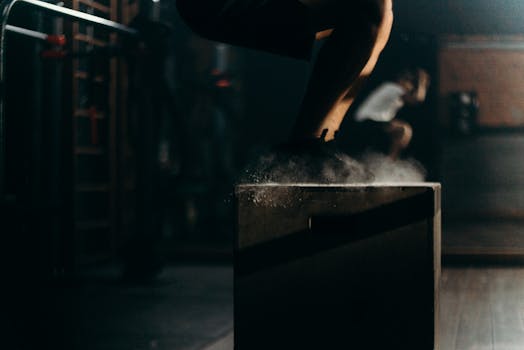
30-Day Squat Challenge for Glutes and Legs
Introduction
The 30-Day Squat Challenge for Glutes and Legs is a great way to transform your lower body in just a short amount of time. Squats are a compound exercise that target multiple muscle groups, including the glutes, legs, and core. By incorporating squats into your daily routine, you can expect to see significant improvements in your overall strength and physique.
How to Do a Squat
Before starting the challenge, it’s essential to learn how to do a proper squat. Here are the steps to follow:
- Stand with your feet shoulder-width apart, toes facing forward or slightly outward.
- Slowly lower your body down into a squat, keeping your back straight and your knees behind your toes.
- Lower down until your thighs are parallel to the ground, or as low as you can comfortably go.
- Pause for a moment, then push through your heels to return to standing.
The 30-Day Squat Challenge
The challenge is simple: do a set number of squats each day for 30 days. The number of squats increases each day, starting with 10 squats on day one and ending with 100 squats on day 30.
Here’s a breakdown of the challenge:
| Day | Number of Squats |
|---|---|
| 1-5 | 10 squats |
| 6-10 | 20 squats |
| 11-15 | 30 squats |
| 16-20 | 40 squats |
| 21-25 | 50 squats |
| 26-30 | 100 squats |
Tips and Variations
To make the challenge more interesting and prevent plateaus, you can try the following variations:
- Goblet squats: Hold a weight or kettlebell at your chest while doing squats.
- Sumo squats: Stand with your feet wider than shoulder-width apart, toes facing outward.
- Pistol squats: Do a single-leg squat, keeping the other foot lifted off the ground.
Conclusion
The 30-Day Squat Challenge for Glutes and Legs is a fun and effective way to transform your lower body. By following the challenge and incorporating variations, you can expect to see significant improvements in your strength and physique. Remember to always listen to your body and rest when needed, and don’t forget to stretch before and after your workouts.






